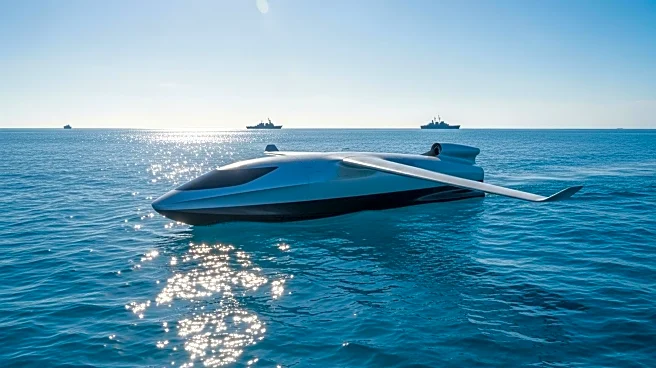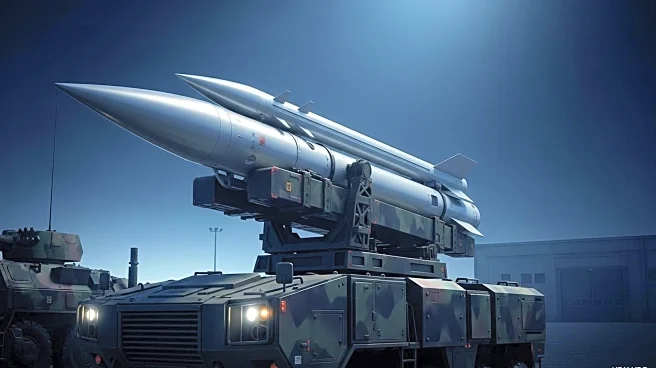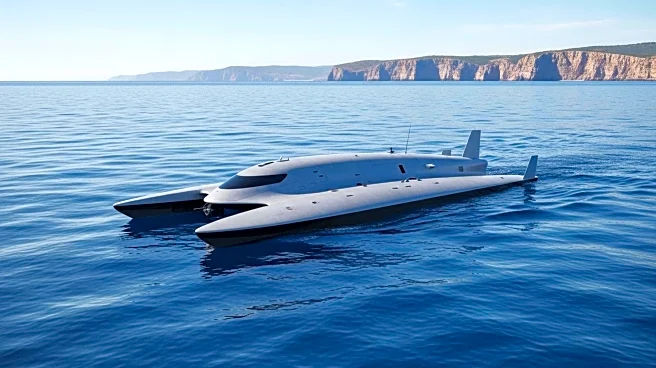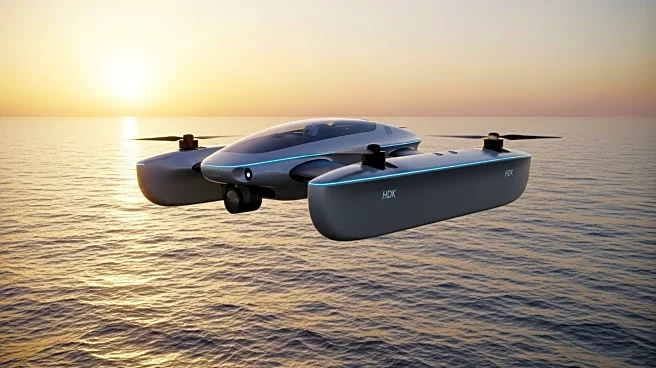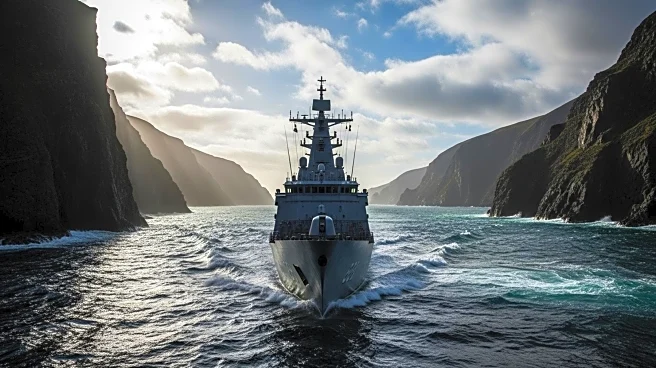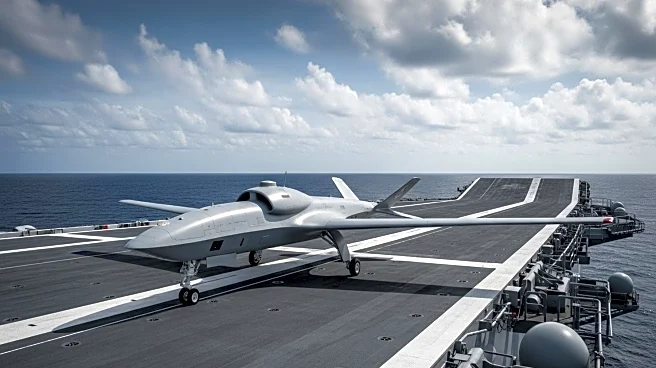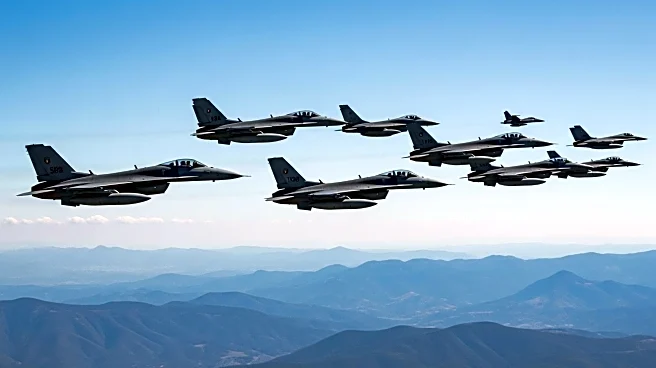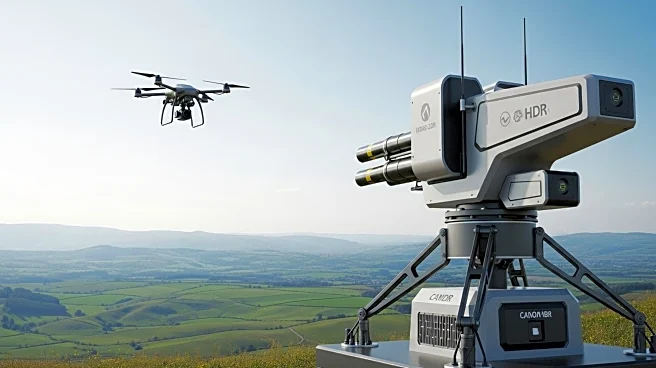What is the story about?
What's Happening?
Maritime Robotics showcased its autonomous sea drones during NATO's REPMUS and Dynamic Messenger 2025 exercises in Portugal. These exercises, hosted by the Portuguese Navy, aimed to integrate autonomous technologies into naval operations. Maritime Robotics deployed its unmanned surface vehicles (USVs) in various scenarios, demonstrating their efficiency, safety, and risk reduction capabilities compared to crewed vessels. The sea drones were involved in seabed mapping, critical infrastructure monitoring, mine countermeasure operations, and anti-submarine warfare exercises. The drones provided high-resolution hydrographic data, persistent monitoring of subsea assets, and extended the reach of naval operations by towing acoustic arrays. The exercises highlighted the shift towards more resilient and scalable defense capabilities, positioning Maritime Robotics as a leader in maritime autonomy.
Why It's Important?
The demonstration of Maritime Robotics' sea drones in NATO exercises underscores the growing importance of autonomous systems in modern naval operations. These technologies offer significant advantages in terms of safety, efficiency, and operational reach, reducing the need for human presence in hazardous environments. The successful integration of these drones into NATO exercises suggests a broader acceptance and reliance on unmanned systems in defense strategies. This development could lead to increased investment in autonomous maritime technologies, influencing defense procurement and operational planning. The ability to conduct missions with reduced risk to personnel and enhanced situational awareness is crucial for maintaining naval superiority and protecting critical maritime infrastructure.
What's Next?
Following the successful demonstration, it is likely that NATO and its member countries will further explore the integration of autonomous systems into their naval operations. This could involve additional testing, development, and procurement of unmanned systems to enhance their defense capabilities. Maritime Robotics may see increased interest and demand for its technologies, potentially leading to new contracts and collaborations with military and defense organizations. The continued evolution of autonomous maritime technologies will likely drive innovation and competition in the defense sector, shaping the future of naval warfare and security.
AI Generated Content
Do you find this article useful?
